Home>Dining>Tableware>How To Accommodate More Serving Dishes On The Dinner Table
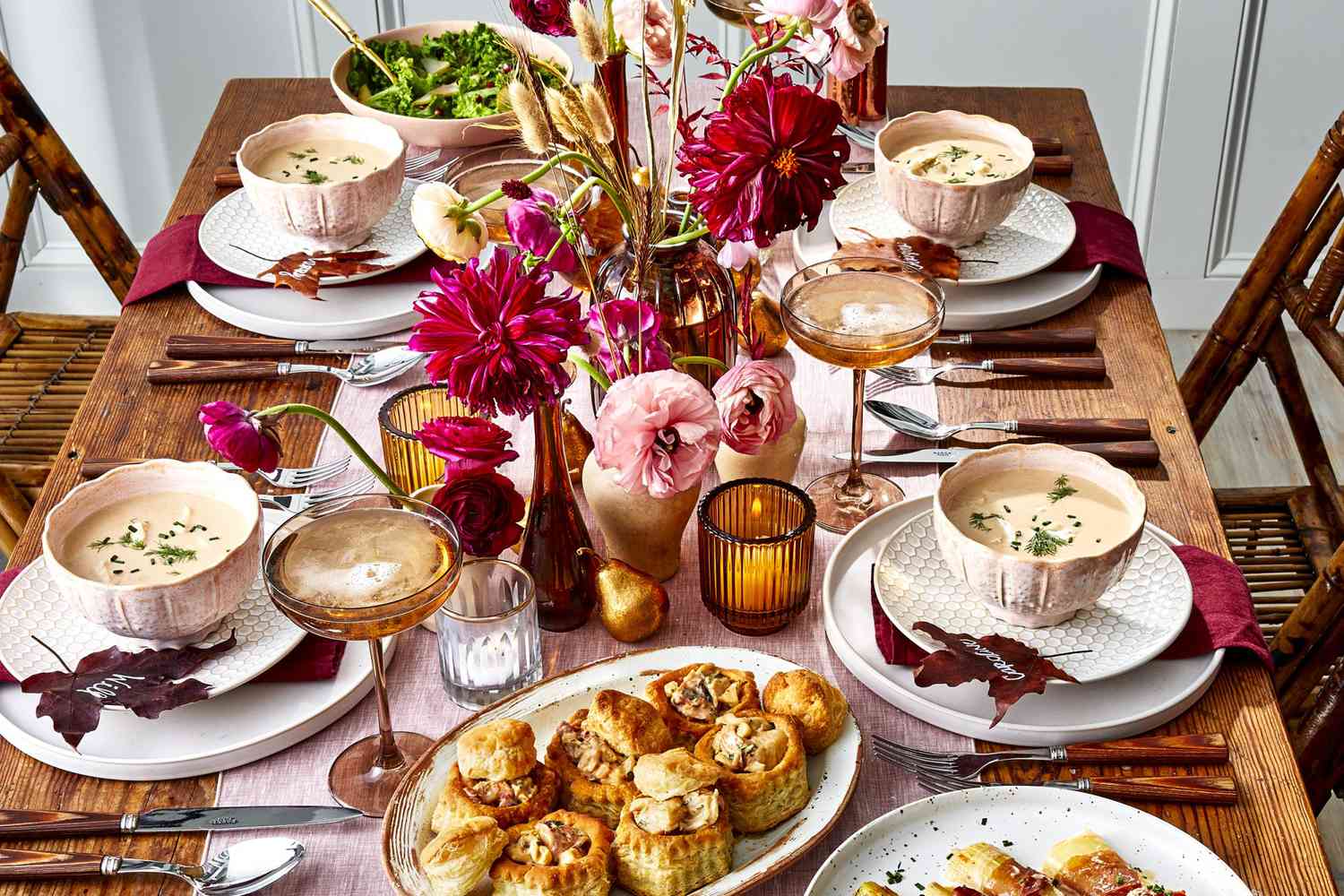

Tableware
How To Accommodate More Serving Dishes On The Dinner Table
Modified: May 6, 2024
Learn how to maximize your tableware by accommodating more serving dishes on your dinner table. Discover practical tips and tricks to create a stunning table setting.
(Many of the links in this article redirect to a specific reviewed product. Your purchase of these products through affiliate links helps to generate commission for Storables.com, at no extra cost. Learn more)
Introduction
Welcome to the world of tableware, where the joy of gathering around the dinner table with friends and family is amplified by beautiful and functional serving dishes. However, for those of us who love to entertain, there can often be a dilemma – how do we accommodate all of our serving dishes on the dinner table without it feeling overcrowded?
In this article, we will explore various strategies and tips to maximize space on the dinner table and ensure that all your delicious dishes have a place at the table.
So whether you’re hosting a dinner party, a holiday feast, or simply want to add a touch of elegance to your everyday meals, read on to discover how to accommodate more serving dishes on your dinner table.
Key Takeaways:
- Maximize space on your dinner table by choosing the right table, using stackable dishes, and strategically arranging servingware. Tiered trays and Lazy Susans are stylish solutions for adding more serving space.
- Consider adding buffet tables, utilizing wall-mounted shelves, or incorporating serving carts to accommodate more serving dishes. Efficient organization and creative storage options can enhance your dining experience.
Read more: What Are Serving Dishes?
Maximizing Space on the Dinner Table
When it comes to optimizing space on the dinner table, a little planning and creativity can go a long way. Here are some tips to help you make the most of your tabletop real estate:
- Choose the right table: The size and shape of your dining table play a crucial role in accommodating serving dishes. If you often host large gatherings, consider investing in an extendable or expandable table that can comfortably accommodate more guests and dishes.
- Opt for multipurpose servingware: Look for serving dishes that can serve multiple purposes. For example, a large rectangular platter can double as a cheeseboard or a dessert tray. Versatile servingware helps you maximize space by eliminating the need for separate dishes for each course.
- Invest in stackable dishes: Stackable dinnerware and serving dishes are a space-saving game changer. Opt for plates, bowls, and serving trays that can be neatly stacked when not in use. This not only frees up space on the table but also makes storage a breeze.
- Use serving bowls with smaller footprints: Instead of using large, bulky bowls that take up a significant amount of space, choose bowls with smaller footprints. This allows you to fit more dishes on the table without sacrificing serving capacity.
- Arrange dishes strategically: Consider the layout and arrangement of your serving dishes on the table. Place taller items like gravy boats or pitchers towards the center to create height, while smaller dishes can be placed around the perimeter. This visually pleasing arrangement ensures everything is easily accessible.
By implementing these space-maximizing strategies, you can create a well-organized and visually appealing table setup that accommodates a wide variety of serving dishes.
Using Tiered Serving Trays
Tiered serving trays are an excellent solution for adding more serving space to your dinner table while keeping it visually appealing. These versatile trays allow you to stack dishes vertically, making efficient use of limited tabletop space. Here’s how to make the most of tiered serving trays:
- Choose the right size: Select a tiered serving tray that fits well on your dinner table without overwhelming the space. Consider the number and size of the dishes you plan to serve and ensure the tiers are wide enough to accommodate them.
- Arrange dishes strategically: Place the larger and taller dishes on the lower tiers, with smaller items on the upper tiers. This creates a visually appealing display and makes it easier for guests to access the dishes without knocking anything over.
- Group dishes by category: Use each tier to organize dishes by category. For example, you can have appetizers on one tier, main dishes on another, and desserts on the top tier. This not only saves space but also adds structure to your table setup.
- Add decorative elements: Enhance the aesthetics of your tiered serving tray by incorporating decorative elements such as fresh flowers, greenery, or decorative accents. These additions not only make the tray more visually appealing but can also tie in with your overall table decor.
- Consider a rotating tiered tray: To make it even more convenient for guests to access all the dishes, consider using a rotating or revolving tiered serving tray. This allows guests to easily spin the tray to reach the desired dish, eliminating the need for reaching across the table.
With tiered serving trays, you can transform your dinner table into a stylish and functional space that allows you to serve a variety of dishes without sacrificing valuable tabletop real estate. Whether you’re hosting a brunch, a holiday gathering, or a special occasion, tiered serving trays are a practical and elegant choice.
Utilizing Lazy Susans
When it comes to maximizing space and functionality on the dinner table, Lazy Susans are a fantastic tool. These rotating trays allow for easy access to dishes and condiments, making them a convenient addition to any table setup. Here’s how you can effectively utilize Lazy Susans:
- Choose the right size: Consider the size of your table and the number of dishes you plan to place on the Lazy Susan. Make sure the diameter of the Lazy Susan is appropriate to accommodate all the dishes without feeling crowded.
- Place frequently used condiments: Use the Lazy Susan to house commonly used condiments such as salt, pepper, sauces, dressings, and spices. This keeps them within easy reach for guests, saving space on the main tabletop.
- Organize dishes by category: Group similar dishes together on the Lazy Susan. For example, you can place various types of bread or rolls on one section, while another section holds different types of fruits or vegetables. This organization makes it easier for guests to find what they’re looking for.
- Include small serving dishes: Utilize smaller serving dishes or bowls on the Lazy Susan to hold dips, spreads, chutneys, or toppings. This prevents these items from taking up unnecessary space on the main table surface.
- Consider multiple Lazy Susans: If you have a large table or a wide variety of dishes, consider using multiple Lazy Susans strategically placed across the table. This ensures that every side of the table has easy access to condiments and dishes without guests having to reach across the entire table.
Lazy Susans are not only practical but also add a touch of charm to your table setup. Their rotating feature allows guests to easily serve themselves and allows for effortless sharing of dishes. Whether you’re hosting a casual gathering or a formal dinner party, Lazy Susans are a smart and functional addition to your dinner table.
Adding Buffet Tables or Sideboards
If you often find yourself struggling to accommodate all of your serving dishes on the dinner table, adding a buffet table or sideboard can be a game-changer. These additional furniture pieces provide extra surface area and storage, allowing you to display and serve your dishes with ease. Here’s how to make the most of buffet tables or sideboards:
- Choose the right size and style: Consider the dimensions of your dining area and select a buffet table or sideboard that fits comfortably in the space. Choose a style that complements your existing dining furniture and overall decor to create a cohesive look.
- Set up a separate station: Position the buffet table or sideboard near your dining table to create a separate serving station. This separation helps alleviate overcrowding on the main table and allows guests to serve themselves without feeling cramped.
- Organize dishes systematically: Arrange your dishes in a logical order on the buffet table or sideboard. Place appetizers at one end, followed by main dishes, side dishes, and desserts. This setup makes it easy for guests to navigate and helps create a smooth flow.
- Use serving platters and chafing dishes: Invest in attractive serving platters and chafing dishes to keep your dishes warm and visually appealing. Opt for platters of various sizes and shapes to accommodate different types of dishes, and use chafing dishes to maintain the temperature of hot foods.
- Add height and visual interest: Incorporate elements of varying heights on the buffet table or sideboard to create visual interest. Use cake stands, tiered trays, or stack books or boxes to elevate certain dishes. This not only adds dimension but also makes it easier for guests to access the different dishes.
- Provide ample serving utensils and plates: Place a variety of serving utensils and plates on the buffet table or sideboard to ensure that guests have everything they need to serve themselves. Consider using decorative napkin holders or small bowls to hold utensils and provide an organized display.
Adding a buffet table or sideboard to your dining area not only solves the problem of limited space on the dinner table but also adds a touch of elegance and functionality to your gatherings. By optimizing the setup and organization, you’ll create a seamless dining experience for your guests.
Consider using tiered serving trays or a buffet-style setup to accommodate more dishes on the dinner table. This allows for more space and makes it easier for guests to access the different dishes.
Read more: How To Keep Serving Dishes Warm
Creating Additional Dining Space
When hosting gatherings that involve a large number of guests or an abundance of serving dishes, it may be necessary to create additional dining space beyond the main dinner table. Here are some innovative ideas to help you maximize your dining area:
- Utilize folding tables and chairs: Folding tables and chairs are versatile pieces of furniture that can be easily set up and taken down as needed. These can be placed adjacent to the main dining table or in a separate area, creating extra seating and serving space.
- Create a seating arrangement: If your dining area allows for it, consider creating multiple seating areas by placing small tables and chairs or cushioned benches in different parts of the room. This encourages guests to spread out and enjoy their meals in cozy, intimate settings.
- Take advantage of outdoor space: If weather permits, consider extending your dining area to an outdoor space such as a patio, deck, or garden. Set up additional tables and chairs or picnic-style blankets to accommodate guests, allowing them to enjoy the fresh air and spacious surroundings.
- Set up a food buffet station: Create a separate area for a buffet station that can hold additional serving dishes. This can be a countertop, a foldable table, or even a sturdy bar cart. Guests can serve themselves from the buffet, freeing up space on the main dining table.
- Use versatile furniture: Opt for furniture pieces that serve multiple purposes. For example, a kitchen island with extendable countertops can be used as a serving station during meals and as a regular workspace on other occasions. This maximizes the functionality of your furniture.
- Consider a communal-style setup: In a casual setting, embrace a communal dining experience by setting up long, farmhouse-style tables or picnic tables. This encourages interaction among guests and allows for a more relaxed atmosphere.
By thinking creatively and utilizing both indoor and outdoor spaces, you can easily create additional dining areas that accommodate more guests and serving dishes. These solutions not only provide practical utility but also add a unique touch to your gatherings, ensuring that everyone feels comfortable and welcomed.
Organizing and Stacking Dishes Efficiently
When it comes to accommodating more serving dishes on the dinner table, efficient organization and stacking techniques can make all the difference. By utilizing these strategies, you can maximize space and ensure that all your dishes have a designated spot at the table. Here are some tips to help you organize and stack dishes efficiently:
- Group dishes by type: Arrange dishes according to their type and purpose. For example, stack dinner plates together, salad plates together, and bowls together. This not only keeps the table organized but also makes it easier for guests to locate the dishes they need.
- Stack dishes in a pyramid formation: To save space and create an elegant display, stack your dishes in a pyramid formation. Start with the largest and heaviest plates at the bottom and gradually work your way up with smaller and lighter pieces. This creates stability and maximizes table space.
- Invest in plate racks or separators: Plate racks or separators are excellent tools for organizing and stacking dishes. These can be placed directly on the table or inside a tray. They help keep the dishes neatly separated and prevent them from sliding or scratching against each other.
- Consider using dish covers: If you’re serving dishes that require covers, invest in stylish and functional dish covers. This allows you to stack dishes on top of each other while keeping them protected and maintaining their freshness.
- Stack bowls within bowls: If you have different sizes of bowls to serve, place smaller bowls within larger ones. This saves space and creates a visually appealing arrangement. Just make sure to use non-slip liners or a small piece of non-slip matting between the bowls to prevent them from sliding.
- Use serving platters with built-in compartments: Opt for serving platters that come with built-in compartments or sections. This allows you to serve different types of food in one dish while keeping them separate. It also saves space and reduces the number of serving dishes needed.
- Utilize tiered stands for desserts or appetizers: If you’re serving desserts or appetizers that come in smaller portions, use tiered stands to stack and display them. This not only saves space but also adds an element of elegance to your table setting.
By implementing these organizational and stacking techniques, you can efficiently utilize space on the dinner table and ensure that your serving dishes are easily accessible. These strategies not only save space but also add an aesthetic appeal to your table setup, enhancing the overall dining experience.
Utilizing Wall-mounted Shelves or Racks
When it comes to optimizing space in your dining area, don’t forget about the walls! Utilizing wall-mounted shelves or racks is a great way to create additional storage and display options for your serving dishes. Here’s how you can effectively use wall-mounted shelves or racks:
- Choose the right location: Assess your dining area and identify a suitable wall where you can install shelves or racks. Consider a wall that is easily accessible and doesn’t obstruct the flow of the room.
- Select the appropriate style: Choose wall-mounted shelves or racks that match the aesthetic of your dining area. You can opt for floating shelves for a modern look or go for rustic wooden shelves for a more traditional ambiance.
- Organize dishes by type: Arrange your serving dishes on the shelves or racks by type or frequency of use. Categorize them into different sections such as dinner plates, dessert plates, bowls, or platters. This organization will make it easier for you to locate and access the dishes when needed.
- Display decorative pieces: Along with your serving dishes, consider displaying decorative pieces such as decorative plates, vases, or artwork. This adds visual interest to the space and creates a balanced and personalized display.
- Consider open or closed storage: Depending on your preference and the style of your serving dishes, you can choose between open shelves or closed cabinets with glass doors. Open shelves provide easy access and a more open feel, while closed cabinets keep the dishes protected from dust and maintain a sleek appearance.
- Mount wine glass holders: If you have a collection of wine glasses, consider installing wall-mounted wine glass holders. These holders not only save space but also showcase your stemware in an elegant and organized manner.
- Utilize hooks or pegs: For utensils or smaller serving accessories, install hooks or pegs on the bottom side of the shelves or racks. This allows you to hang lightweight items, keeping them within reach and maximizing every inch of storage space.
By utilizing wall-mounted shelves or racks in your dining area, you can free up valuable table space while creating a visually pleasing display of your serving dishes. This functional and decorative storage option enhances the overall aesthetics of your dining space and adds convenience to your meal preparation and presentation.
Using Serving Carts or Trolleys
If you’re looking for a versatile and mobile solution to accommodate more serving dishes on your dinner table, look no further than serving carts or trolleys. These portable furniture pieces offer both functionality and style, allowing you to easily transport dishes from the kitchen to the dining area. Here’s how you can effectively use serving carts or trolleys:
- Select the right cart or trolley: Choose a serving cart or trolley that suits your style and storage needs. Look for one with multiple levels or shelves, as well as sturdy wheels for easy maneuverability.
- Use as a serving station: Place the serving cart or trolley near the dinner table and use it as a designated serving station. Arrange your serving dishes on the shelves or levels in an organized and visually pleasing manner.
- Consider adjustable or foldable options: If space is a concern, opt for a serving cart or trolley that has the ability to be adjusted or folded. This allows you to expand or collapse the cart as needed, maximizing space when in use and minimizing it when not in use.
- Utilize the top surface: The top surface of the serving cart or trolley can serve multiple purposes. Use it as a space to display decorative items, hold additional dishes, or even act as a mini bar area with drinkware and a selection of beverages.
- Consider temperature control options: Some serving carts or trolleys come with built-in temperature control features, such as warming drawers or cooling compartments. These options are perfect for keeping your dishes at the ideal serving temperature, adding convenience to your gatherings.
- Use for storage and transport: Serving carts or trolleys are not limited to just serving purposes. They can also be used for storing extra dining accessories, such as table linens, extra cutlery, or serving utensils. Additionally, you can use the cart to easily transport dishes and drinks from the kitchen to the dining area.
- Add a personal touch: Customize your serving cart or trolley with personal touches. Consider adding decorative accents, such as fresh flowers, candles, or stylish serving trays, to enhance the overall presentation and make it an attractive focal point in your dining area.
With serving carts or trolleys, you can effortlessly accommodate more serving dishes on your dinner table while adding functionality and sophistication to your dining experience. Their mobility and versatility make them a valuable addition to any host or hostess’s collection of tableware essentials.
Read more: Where To Store Serving Dishes
Conclusion
Accommodating more serving dishes on the dinner table doesn’t have to be a daunting task. With some strategic planning and thoughtful organization, you can create a well-organized and visually appealing table setup that can handle even the most elaborate feasts. From utilizing tiered serving trays and Lazy Susans to adding buffet tables and sideboards, there are numerous ways to maximize space and make your dining experience more enjoyable.
By organizing and stacking dishes efficiently, using wall-mounted shelves or racks, and incorporating serving carts or trolleys, you can create additional storage and display options that not only save space but also add style to your dining area. These solutions allow you to showcase your beautiful tableware while ensuring that your guests have easy access to the dishes they desire.
Remember, it’s important to optimize the flow of your dinner table, arrange dishes strategically, and consider the size and height of your servingware. Creating a balance between functionality and aesthetics is key to a successful table setup.
So whether you’re hosting a special occasion, a family gathering, or simply want to elevate your everyday meals, implementing these techniques and incorporating creative ideas will help you accommodate more serving dishes on your dinner table. Enjoy the satisfaction of a well-organized and visually impressive dining experience that will surely impress your guests and create lasting memories.
Ready to up your dinner game even more? After mastering how to fit more serving dishes on your table, delve into understanding serving dishes in detail. This guide will not only refine your table setting skills but also enhance your hosting prowess. Don't miss out on our detailed guide that breaks down everything you need to know about these essential dinnerware pieces!
Frequently Asked Questions about How To Accommodate More Serving Dishes On The Dinner Table
Was this page helpful?
At Storables.com, we guarantee accurate and reliable information. Our content, validated by Expert Board Contributors, is crafted following stringent Editorial Policies. We're committed to providing you with well-researched, expert-backed insights for all your informational needs.
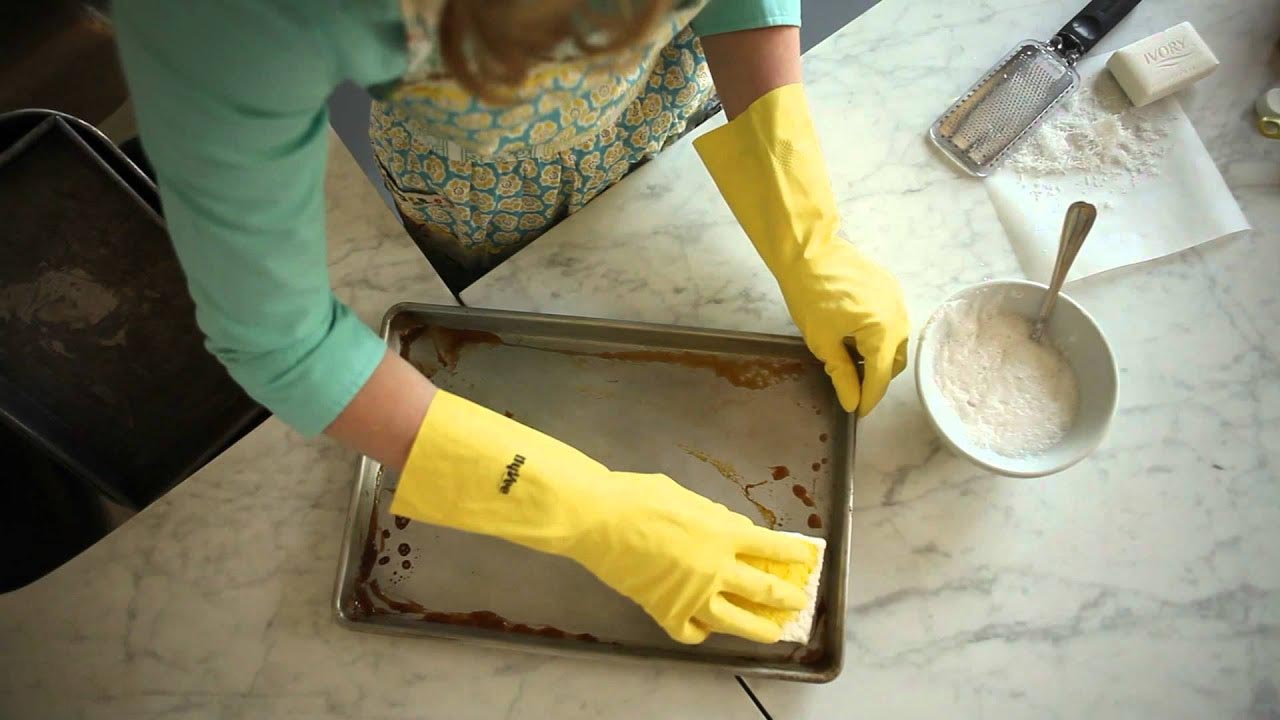

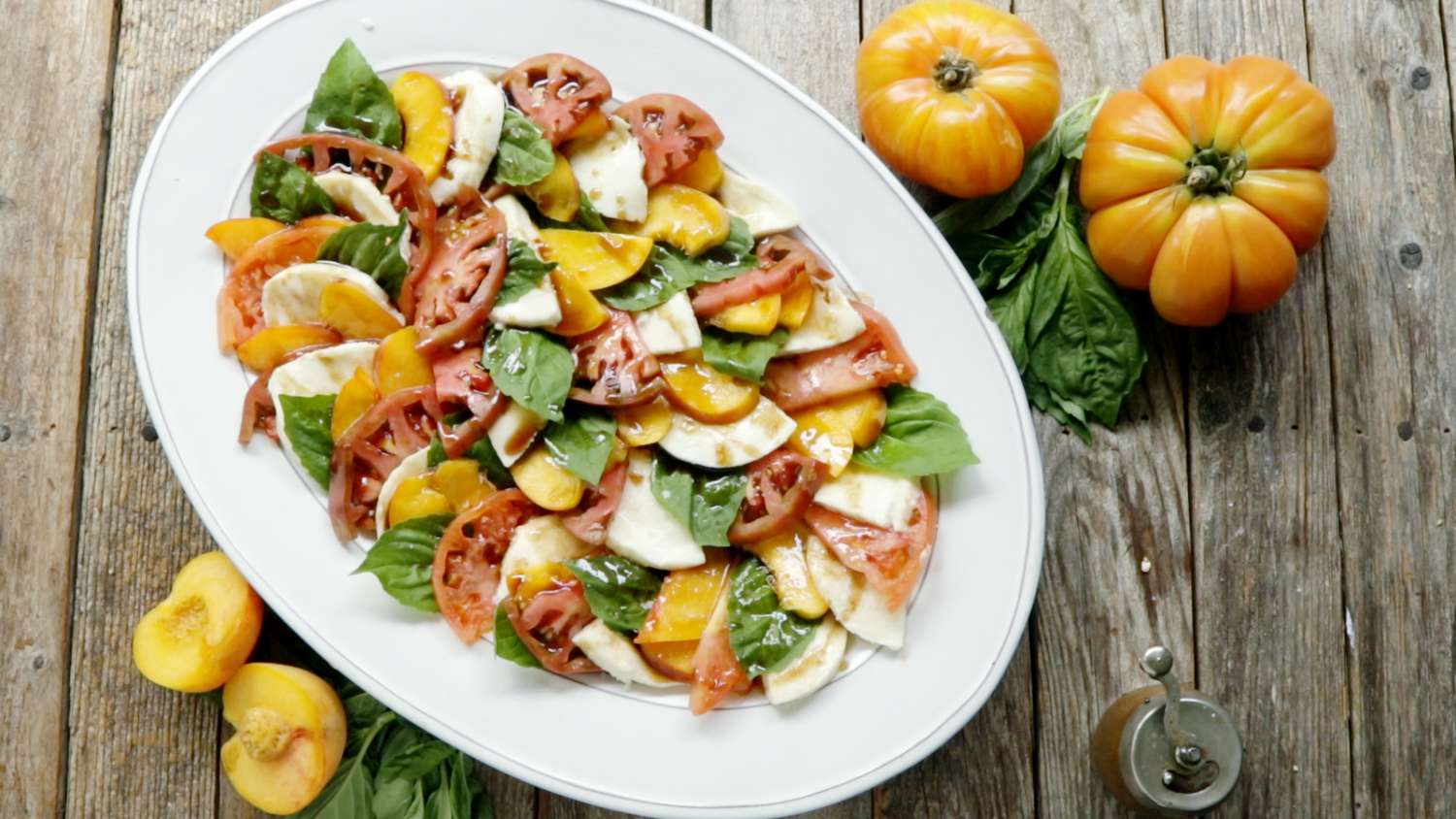
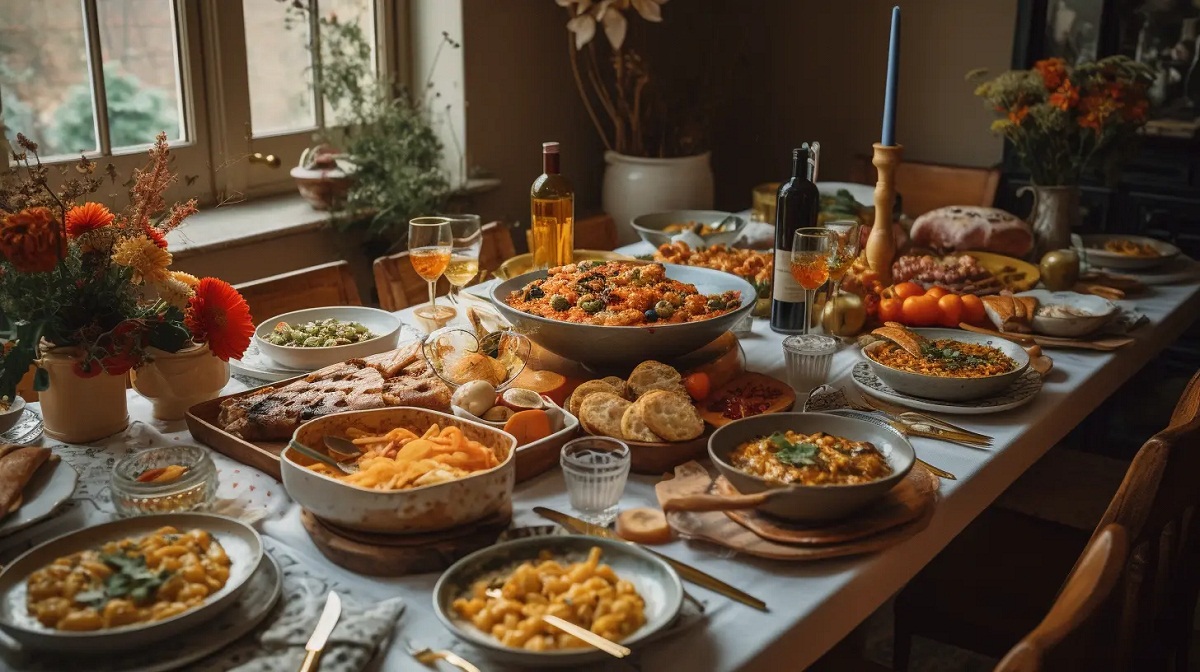
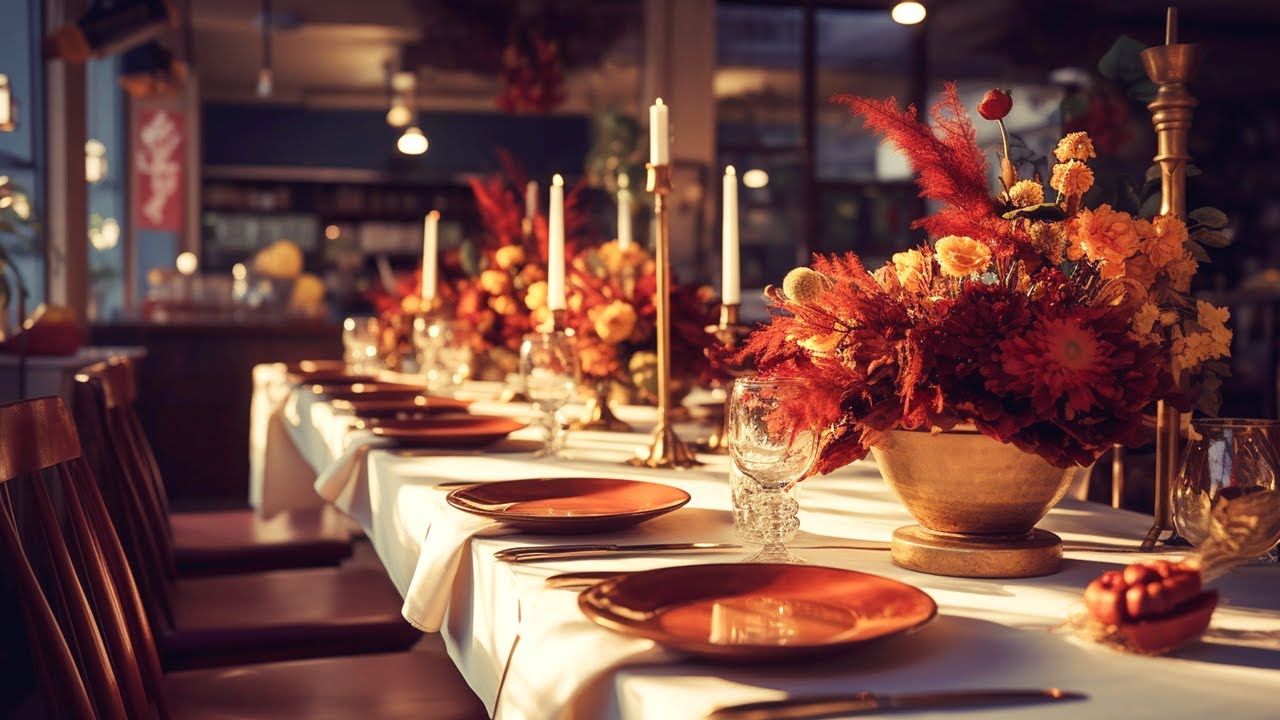
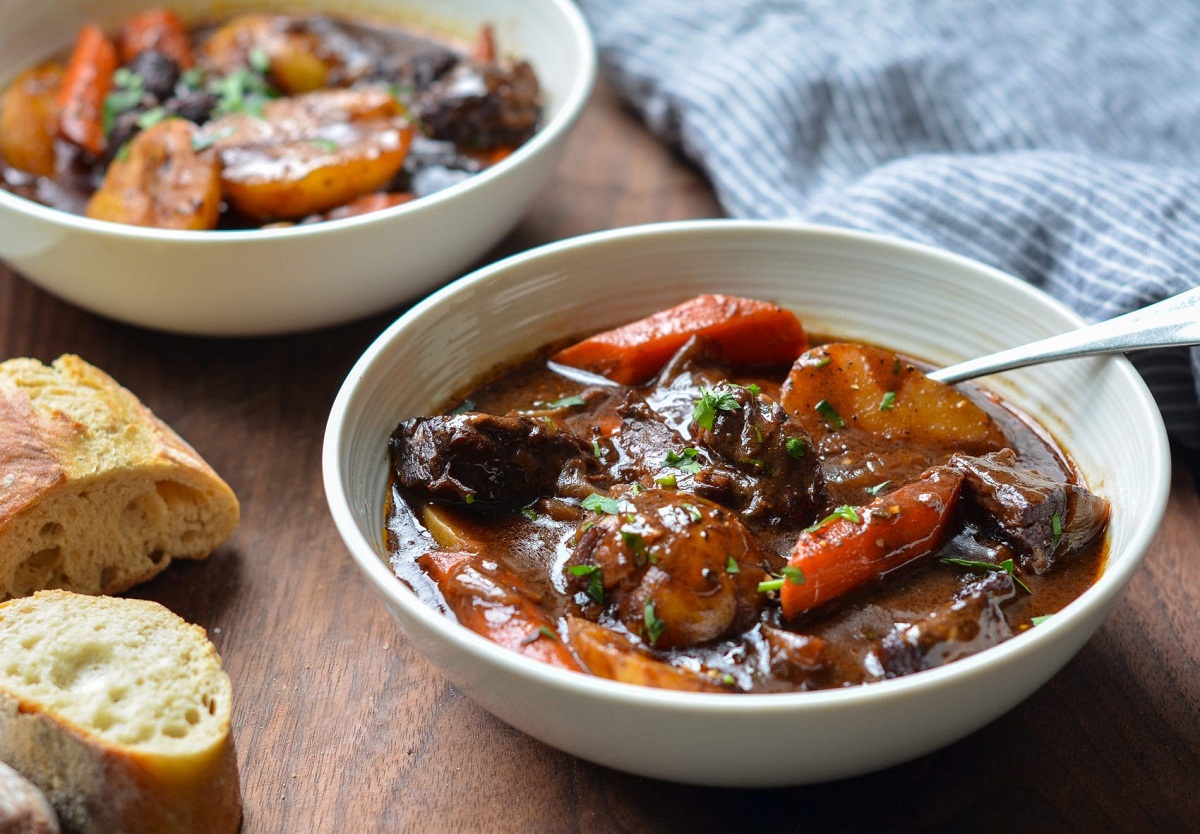
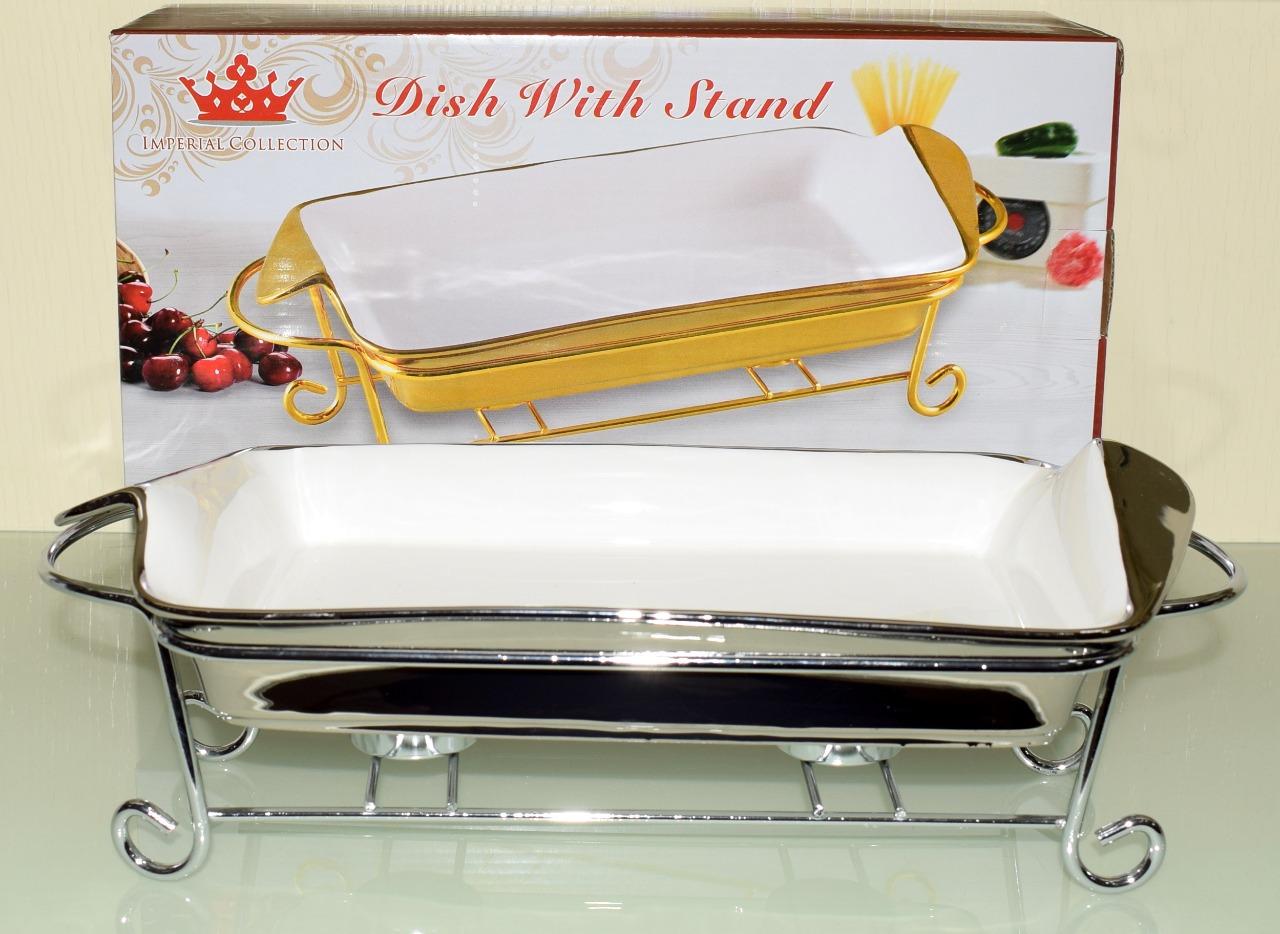

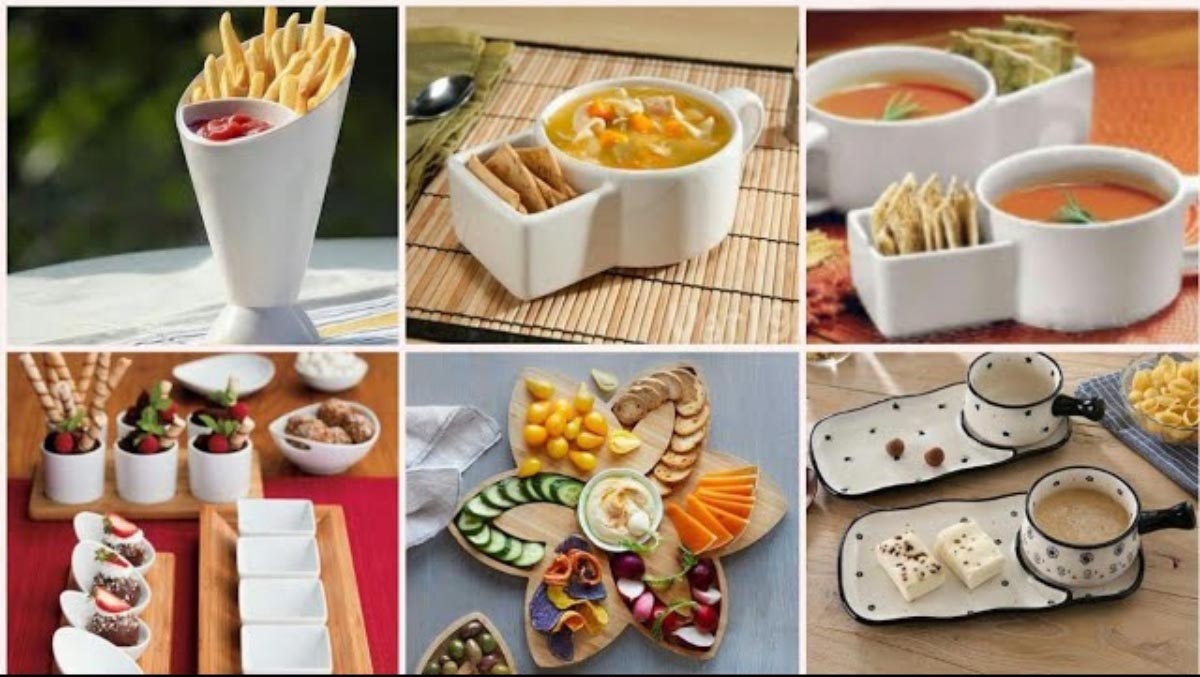
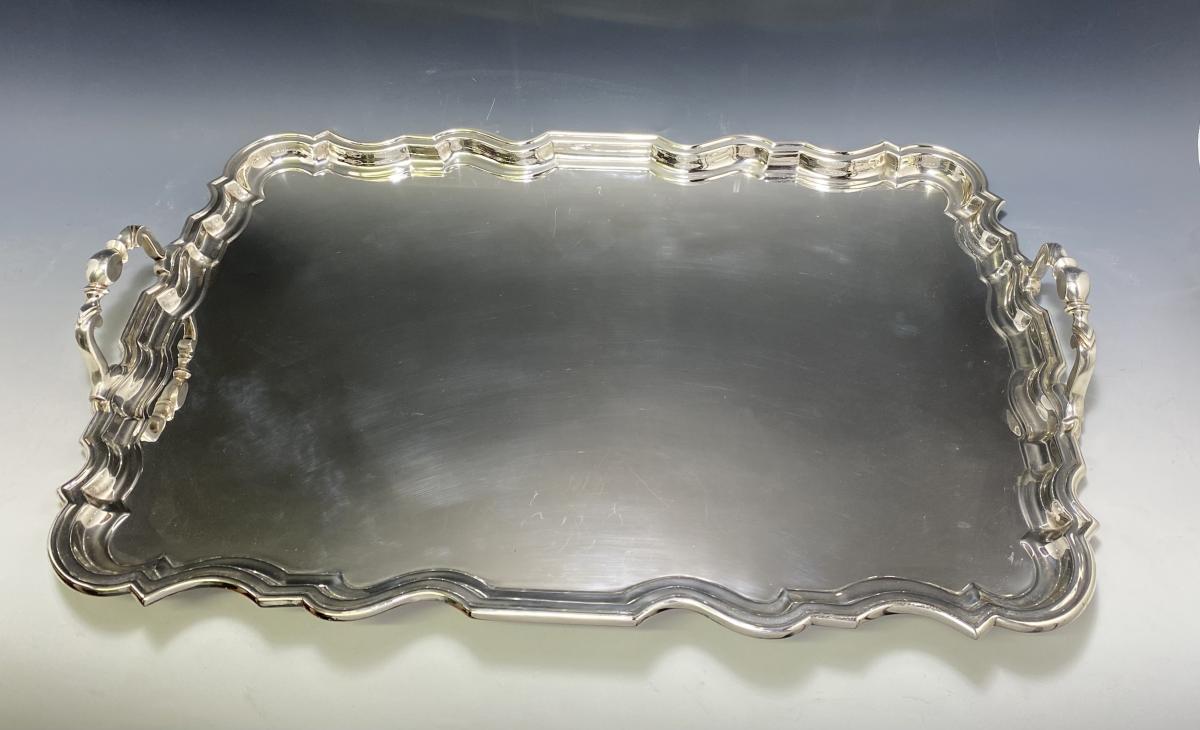

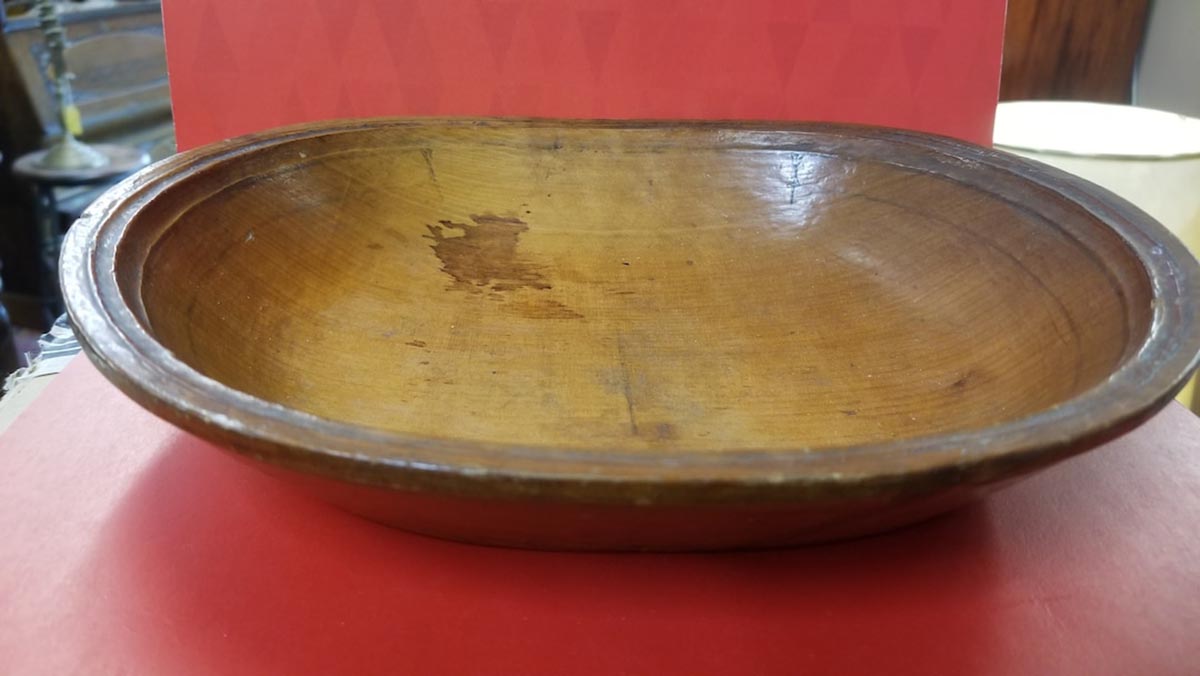
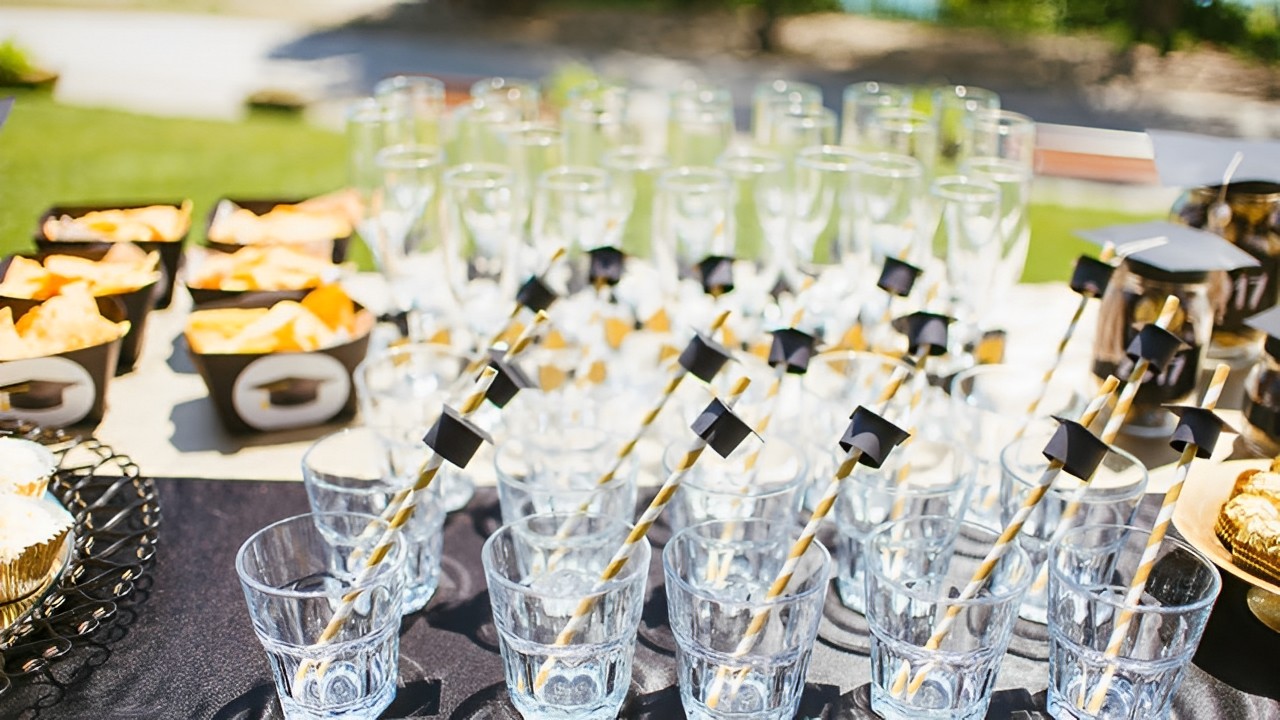

0 thoughts on “How To Accommodate More Serving Dishes On The Dinner Table”